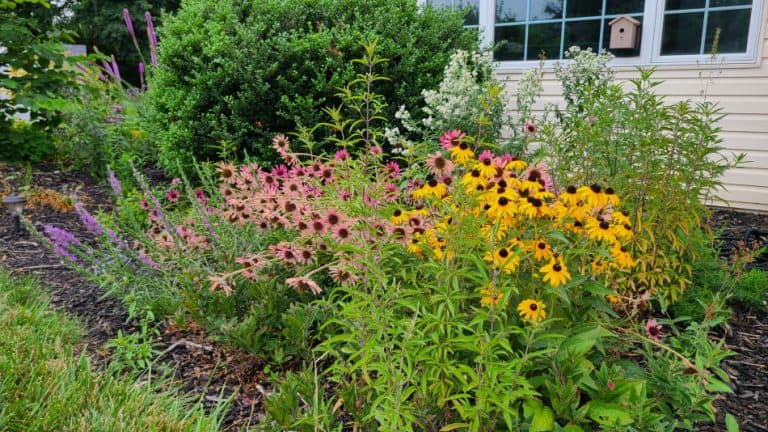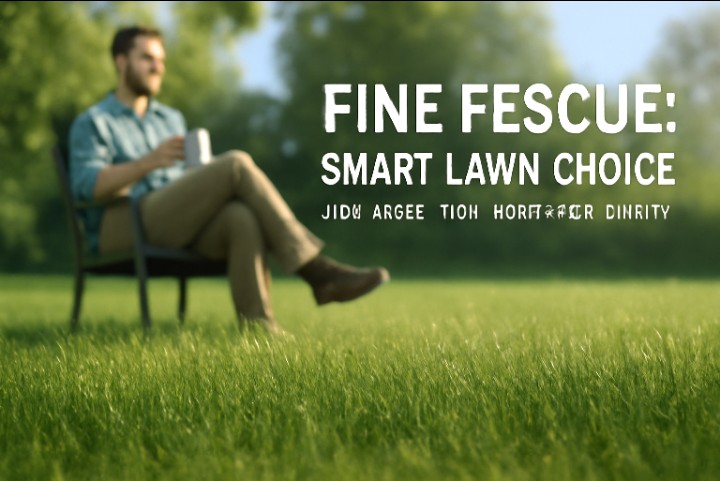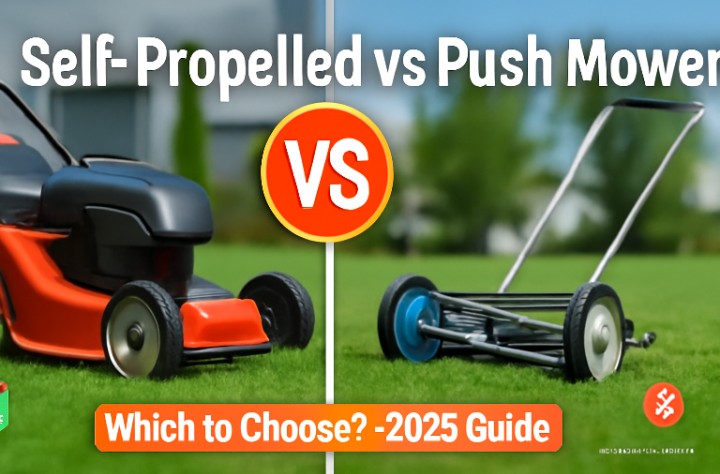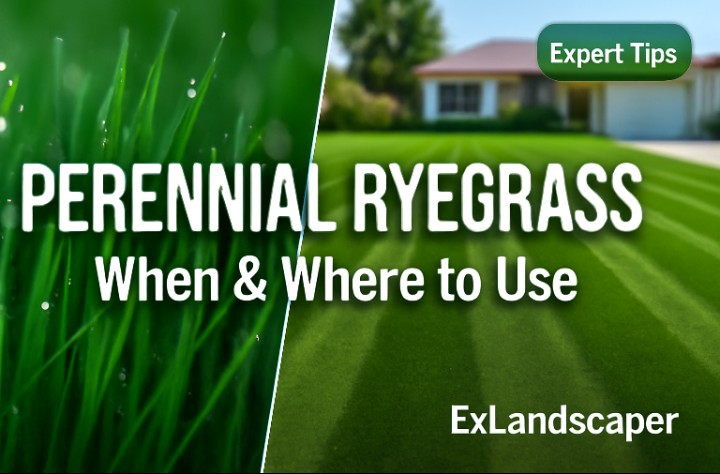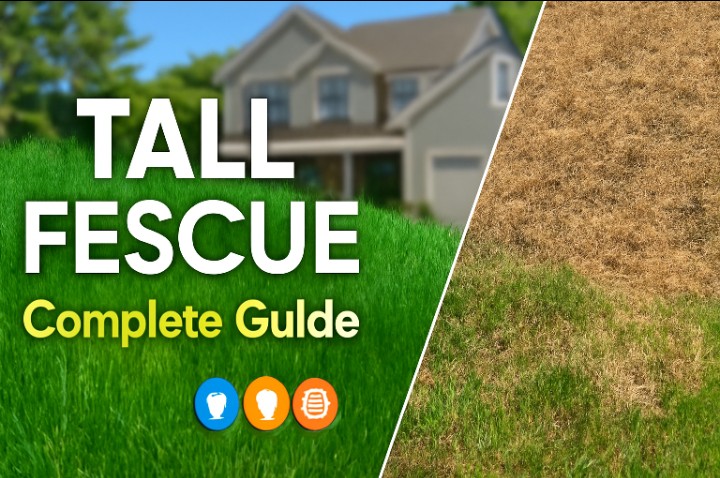Have you ever wondered why some gardens seem to buzz with life while others look pretty but feel empty? The secret is native plants. These special plants work with nature instead of fighting against it.
What Are Native Plants and Why Should You Care?
What Are Native Plants?
A plant is native if it has occurred naturally for thousands of years in a region, ecosystem or habitat without human introduction. Think of them as the original residents of your area.
A native plant is a plant that occurs naturally in the place where it evolved. This is actually pretty simple. These plants grew in your area long before people built houses and cities.
California’s native plants evolved here over a very long period and are the plants which the first Californians knew and depended on for their livelihood. This same idea works everywhere. Native plants in Texas are different from native plants in Maine.
Why Native Plants Matter for Wildlife?
These plants have formed symbiotic relationships with native wildlife over thousands of years, meaning that many native animals are dependent on these particular plants for survival.
Here is the truth native plants supported 15-times as many native caterpillar species as non-native plants (74 species as opposed to 5). That means more food for birds and other animals.
Native plants play a crucial role in promoting biodiversity and ecosystem health. They provide food and habitat for a variety of wildlife, including insects, birds and mammals.
The connection works like this. Our native plant life supports native insect populations, which in turn support larger animals creating a “food web” of interconnected species.
Your Garden Can Help
By creating a native plant garden, each patch of habitat becomes part of a collective effort to nurture and sustain the living landscape for birds and other animals.
You don’t need a huge space. NWF recommends a garden/landscape should be 50-70% native plants which helps to attract and conserve wildlife like birds, butterflies and bees.
Benefits You will Actually See
For Wildlife: More birds will visit your yard. Butterflies will stop by for food. You will see more beneficial insects that help control pests naturally.
For You: Native perennial plants are naturally adapted to the specific climate, soil and environmental conditions of their native region. As a result, they often require less water and soil amendment compared to non-native species.
This means less work and lower water bills for you.
Getting Started Know Your Space
Understanding Your Yard
Before you buy any plants, spend time watching your yard. Walk around at different times of day. Notice where the sun shines and where shadows fall.
Sun and Shade Areas
Track sunlight for one week. Write down which spots get morning sun and which get afternoon shade. Full sun means six or more hours of direct sunlight. Partial sun gets four to six hours.
Wet and Dry Spots
After it rains see where water pools up. Notice where it drains away fast. Some plants love wet soil. Others need dry conditions.
Your Soil Type
Grab some damp soil and squeeze it. Clay soil sticks together in a ball. Sandy soil falls apart right away. Most plants can adapt to different soils.
Finding Plants for Your Area
Start with local resources. Every state has native plant societies. These groups know exactly which plants work best in your area.
Search online like for “(your state) native plants” plus “extension office.” These websites give science-based advice for your specific climate.
Visit local native plant nurseries. The staff understands local growing conditions. They can suggest the best plants for beginners.
Starting Small vs Going Big
The Smart Beginner Approach
Pick one small area to start with. Maybe a flower bed by your front door. Or a strip along your driveway. Success in a small space builds your confidence.
Don’t try to change your whole yard at once. That is too much work and too expensive. Start small and add more each year.
Budget-Friendly Tips
Look for native plant sales in your area. These happen in spring and fall. You will find quality plants at good prices.
Join local plant swaps. Gardeners often share plants they have grown from seed. This is a great way to get free plants and meet other gardeners.
Choosing Your First Native Plants
Easy Plants for Beginners
Start with plants that are hard to kill. These “foolproof” natives work well for new gardeners.
Easy Flowers
Purple coneflower grows almost anywhere. It produces purple-pink flowers that butterflies love. The seeds feed birds in winter.
Black-eyed Susan brings bright yellow flowers all summer. It spreads slowly to fill space. Birds eat the seeds when flowers are done blooming.
Reliable Shrubs
Look for native shrubs that grow well in your area. Many produce berries that birds eat. They also provide nesting spots for small birds.
Ground Cover Plants
Native sedges work like grass but need less water. They stay green most of the year. Many types work in shade where regular grass will not grow.
Planning for Wildlife
For Butterflies
Plant flowers that bloom at different times. Early spring flowers feed butterflies just coming out of winter hiding. Summer and fall flowers keep them fed all season.
Some butterflies need specific plants to lay eggs on. Monarch butterflies only lay eggs on milkweed plants. No milkweed means no monarch babies.
For Birds
Choose plants that make seeds. Birds eat these seeds from late summer through winter. Leave the dead flower heads standing instead of cutting them off.
Plant shrubs that make berries. Different shrubs make berries at different times. This gives birds food all year long.
For Bee’s
Insects are an important transition point for energy within food webs. Since many of them consume plant material, they consume the energy plants capture from the sun.
Plant flowers that bloom from early spring to late fall. This gives bees food throughout their active season.
Simple Design Ideas
Layer Your Plants
Put tall plants in back and short plants in front. This basic rule works for any garden style. Everyone can see all the plants this way.
Mix Colors and Textures
Don’t plant all the same color flowers together. Spread different colors around your garden. Mix plants with different leaf shapes too.
Plan for All Seasons
Pick plants that look good at different times. Spring flowers, summer blooms, fall seed heads and winter plant shapes all add beauty.
Planting and Early Care
When to Plant
Fall is often the best time to plant native plants. Cool weather and more rain help plants get established. They have all winter to grow strong roots.
Spring planting works too but needs more watering in summer. Plant early in spring before hot weather starts.
How to Plant?
Dig holes the same depth as the pot but twice as wide. Do not plant too deep. The top of the root ball should be level with the ground.
Water well after planting. This helps settle soil around the roots. Add two inches of mulch around plants but keep it away from stems.
The First Three Years
Native plant gardeners have a saying “First year they sleep, second year they creep, third year they leap.”
Year 1: Sleep
Plants focus on growing roots. You will not see much growth above ground. This is normal and expected.
Year 2: Creep
Plants show more growth but still look small. They are building strong root systems for the future.
Year 3: Leap
This is when plants reach full size and bloom well. Wildlife activity increases a lot during this year.
Basic Care
Watering
Water deeply but not often. This encourages deep roots that can find water during dry times. Daily light watering creates weak roots.
Mulching
Keep two to three inches of mulch around plants. This saves water and stops weeds. Use shredded leaves, wood chips or straw.
Weeding
Pull weeds by hand when soil is damp after rain. Chemical weed killers can hurt your native plants too.
Common Problems and Solutions
My Neighbors Think It Looks Messy
Talk to Your Neighbors
Share your excitement about the wildlife you’re seeing. Most people like birds and butterflies even if they don’t understand native plants.
Point out the birds and butterflies when neighbors visit. Seeing wildlife in action helps them understand your garden’s purpose.
Design Compromises
Keep neat edges around wilder-looking centers. This shows people you are gardening on purpose not just letting things grow wild.
Use native plants that look more “normal” near the street. Save the wilder-looking plants for your backyard.
Nothing Is Growini
Be Patient
Remember the “sleep, creep, leap” rule. Most native plants don’t look like much for the first two years.
Check Growing Conditions
Make sure you planted sun plants in sunny spots and shade plants in shady spots. Wrong location is the biggest cause of plant failure.
Look for Signs of Life
Scratch the stem near the ground with your fingernail. If it is green underneath, the plant is still alive even if it looks dead.
I Don’t See Wildlife
Give It Time
Wildlife needs time to discover your garden. Birds and butterflies have to learn where new food sources are located.
Add Water
A shallow dish of fresh water attracts more wildlife than plants alone. Change the water every few days.
Watch at Different Times
Early morning and evening are the best times to see bird activity. Some animals are more active when it is cooler.
Knowing When You are Succeeding
Signs Your Garden Is Working
More Wildlife Activity
You will start seeing more birds in your yard. Different types of butterflies will visit your flowers. Beneficial insects like ladybugs will show up.
Plants Look Healthy
Healthy plants grow vigorously without fertilizer. They may start spreading naturally or growing new plants from dropped seeds.
Less Maintenance Needed
Established native plants need less watering than other garden plants. You will spend less time maintaining your garden.
Enjoying Your Success
Take Pictures
Photo your garden from the same spot each month. Changes seem slow day by day but dramatic when you compare photos.
Keep Simple Records
Write down when you see new types of birds or butterflies. Note when plants bloom and when they go to seed.
Share Your Experience
Show friends and family the wildlife activity in your garden. Your success might inspire them to try native plants too.
Quick Reference Guide
Essential Shopping List
Basic Tools
You need a shovel, hand pruners and a weeding tool. A soaker hose helps with efficient watering.
Materials
Buy organic mulch like shredded leaves or wood chips. Get some plant markers so you remember what you planted.
First Plants
Start with 5-10 easy native plants. Choose ones that bloom at different times for continuous flowers.
Seasonal Calendar
Spring
Plant new natives after frost danger passes. Apply fresh mulch around established plants. Start watching for early wildlife activity.
Summer
Water new plants regularly during dry spells. Let established plants rely mostly on rain. Watch for butterflies and nesting birds.
Fall
This is the best planting season for most areas. Collect seeds from plants you want more of. Leave seed heads for bird food.
Winter
Plan next year’s additions. Read about native plants during quiet garden time. Leave standing plants for wildlife shelter.
Quick Problem Fixes
Plant Looks Dead
Check for green under the bark near ground level. Many natives emerge late in spring or go completely dormant.
No Flowers
Young plants often do not bloom much for the first few years. Too much fertilizer can also prevent flowering.
Too Much Spreading
Some natives spread more than expected. This is usually good but you can divide plants or remove extras.
Getting Help and Learning More
Finding Local Support
Native Plant Groups
Wild Ones Native Plants, Natural Landscapes promotes environmentally sound landscaping practices to preserve biodiversity through the preservation, restoration and establishment of native plant communities.
Look for groups like this in your area. Members share plants, knowledge and encouragement.
Extension Offices
Every county has an extension office with free gardening advice. Many have specialists who know about native plants.
Online Communities
Join social media groups focused on native plants in your region. You can ask questions and see what others are growing.
Continuing Your Education
Local Plant Sales
Most native plant groups hold annual plant sales. These are great places to find unusual plants and get expert advice.
Books and Apps
Get a field guide for plants in your state. Apps like iNaturalist help identify plants and connect you with other nature lovers.
Garden Tours
Many areas have native plant garden tours. Seeing successful gardens gives you ideas for your own space.
Your Native Plant Journey Starts Now
Starting with native plants might seem overwhelming at first. But remember, every expert gardener started with one plant.
Pick one small area of your yard. Choose three to five easy native plants. Plant them and watch what happens.
You are joining a movement of people who are bringing nature back to our neighborhoods. Every native plant you add helps local wildlife survive and thrive.
Restoring native plant habitat is vital to preserving biodiversity. Your small garden becomes part of something much bigger.
Start small, be patient and enjoy watching your garden come alive with native plants and the wildlife they support.

